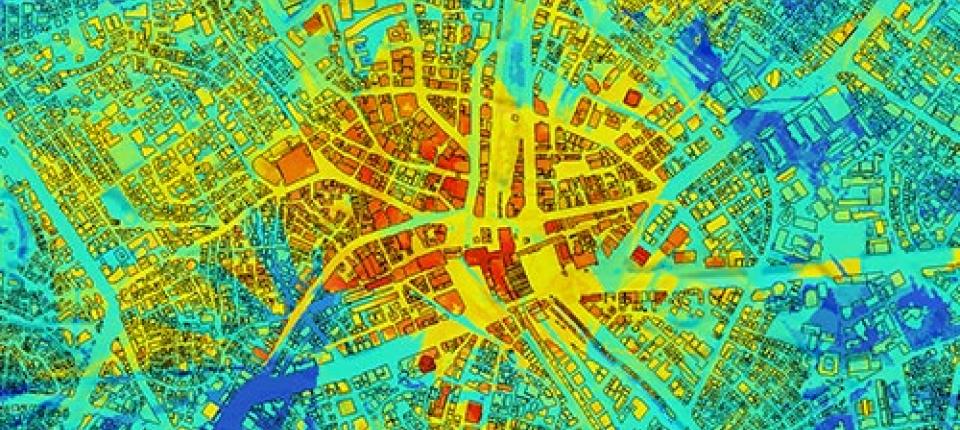
Executive Summary
The cellular mobile applications services industry has finally got into a very mature phase and mobile network operators in Pakistan are fiercely competing with each other. With the proliferation of dual SIM handsets and mobile users owning multiple SIMs belonging to competing operators, there is no room for operators to compromise on the quality and availability of their network services to the users since they get penalized instantly as the user switches to the network that provides better quality service at that instant. Thus operators must adapt their networks for continually changing user density patterns for continued service availability and quality. This must also be done in an extremely cost effective manner since margins due to competition are lowering and operators cannot afford costly foreign solutions that are more geared towards Euro/American market requirements for RF coverage optimization and thus do not pay dividend right away. Thus there is a need to provide locally market focussed, cost effective and accurate RF coverage optimization solution for the mobile applications services industry in Pakistan. This project aims to solve this problem and develop a system that solves the problem reliably and cost effectively. The proposed system consist of numerous functions comprising a SW application running on a open source mobile handset that collects real network data and signaling messages , its geographical location and the time stamp among other parameters. It also acts as an autonomic network element that is part of an autonomic network management systems comprising other end users mobile handsets collating real life management data and transmitting it to a centralized Network Node which is collecting all of that data and performs node authentication, data validation, data analysis functions and creates necessary reports determining the state of key performance indices and recommends actions, if any, that might be necessary.
The proposed solution is different from the conventional approach in that it does not depend on the existing operator owned network infrastructure to gather key network performance indices and in that sense is a shift in the current paradigm of RF coverage optimization. While, on the one hand, it can help the mobile operators for RF coverage optimization, on the other hand, it can help regulators independently verify the quality of service that is being provided by the mobile operators to their customers. The solution should also be able to provide quality of service information about different operators The proposed solution is considered feasible since mobile handsets have now technologically evolved where availability of location information has become a matter of routine due to the push by players like Google who have taken some very bold initiatives in recent years and introduced open source operating systems that are very suitable for location based services offering in a drive to increase the applications that can be offered on a mobile cellular data network. We intend to exploit this extra dimension, becoming available now, for a more reliable RF coverage optimization solution than what have traditionally been available.
